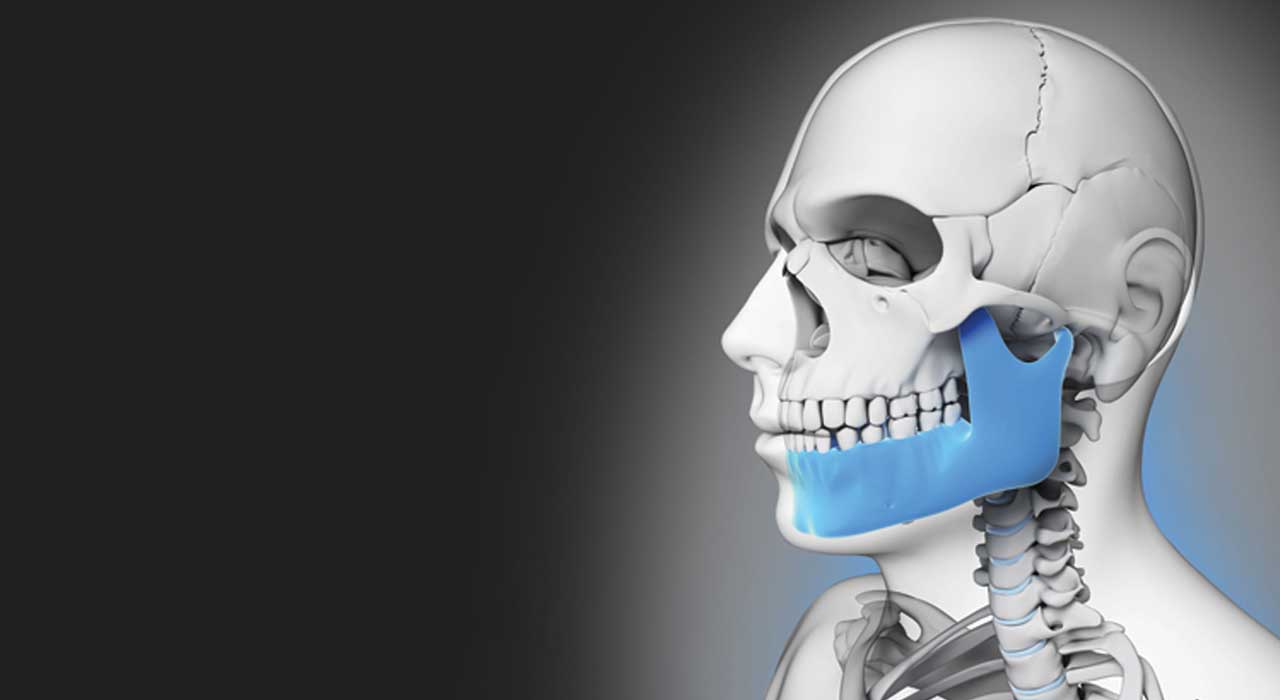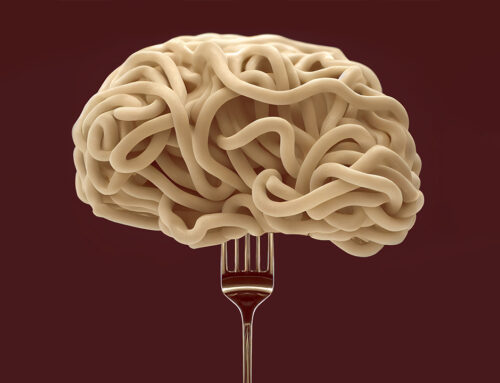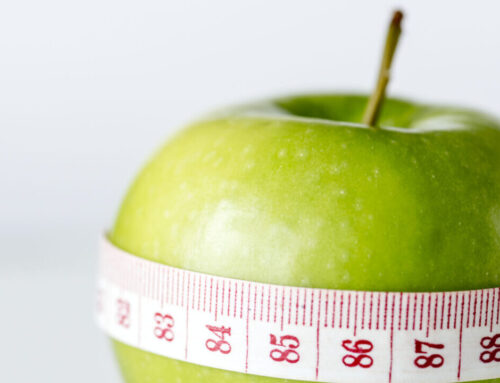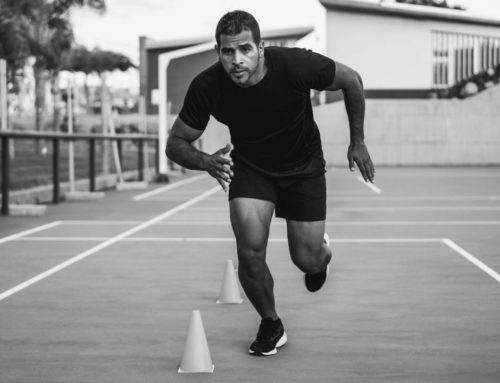Drills to strengthen your jaw to shore up your defenses during contact sports and protect an asset that’s valuable on and off the field.
The human jaw is extremely powerful. Thanks to its length and specific muscle arrangements it can create maximum force. Anyone who’s ever been bitten (hopefully not voluntarily) will attest to this point. The jaw is also under stress during many sports. If you watch some slow-motion video footage of athletes powerfully sprinting or lifting, you’ll see the tension. It can also easily be injured in combat sports from direct blows.
Where it hurts
A common area of concern is at the temporomandibular joint (TMJ). The TMJ is a hinge joint, which connects your lower jaw – called the mandible – to the temporal bone of your skull. It’s positioned in front of your ears on both sides of your head. There’s a capsule of a dense fibrous membrane that surrounds the joint.
There are also articular discs positioned between the two bones forming the TMJ. The articular disc can become misaligned from excessive tension or trauma. This can cause the jaw to lock and restrict movement. A TMJ dysfunction can be caused by a muscle imbalance, which can alter jaw alignment and movement. It can also happen as a result of grinding your teeth, malocclusion (offset of bite) and of course, direct trauma to the jaw from getting punched or kicked.
Fix it
Do the following exercises several times a day to strengthen your jaw muscles.
1. Maximum Opening Exercise
Place your fist under your chin. Open it a few degrees against the light pressure from your fist. Hold this position for 8-10 seconds. Open your mouth a few degrees more and hold this new position against the counter pressure of your fist for another 8-10 seconds. Repeat a few more times until your jaw is at its maximum opening against resistance.
2. Lateral Movement Exercise
Start by placing your left fist on the left side of your jaw. From there, slide your jaw to the left against the counter pressure from your fist and hold for 8-10 seconds. You won’t have the same amount of movement going from side to side as you do with maximum opening, so one position to the side is appropriate. Repeat on the right side of your jaw and do three sets on each side.
3. Self-Massage
This is important to release tension and work out trigger points. Self-massage can be applied to the temporalis muscles on the sides of your head at the temples and the masseter muscles, which run from your cheekbone down to the lower portion of the jaw. Gently massage these areas and work the tender points for 10-20 seconds.
You can also massage the pterygoids, but that’s a little tricky at first because these muscles are inside the mouth. First, always wash your hands. I also recommend using a finger cot on your index finger. Open your mouth wide and put your finger in between your cheek and your posterior upper teeth. Gently clench your teeth and you’ll feel the muscle pop up. Massage for 10-20 seconds.
Find health and fitness advice and more in every issue of TRAIN magazine.







